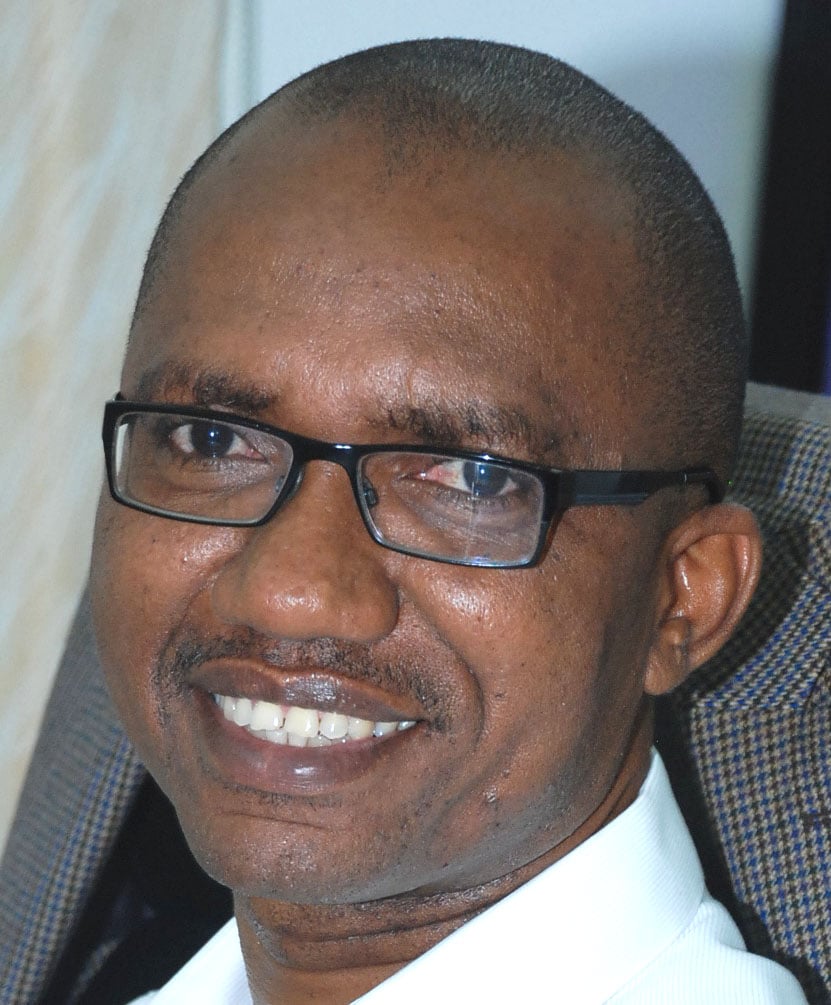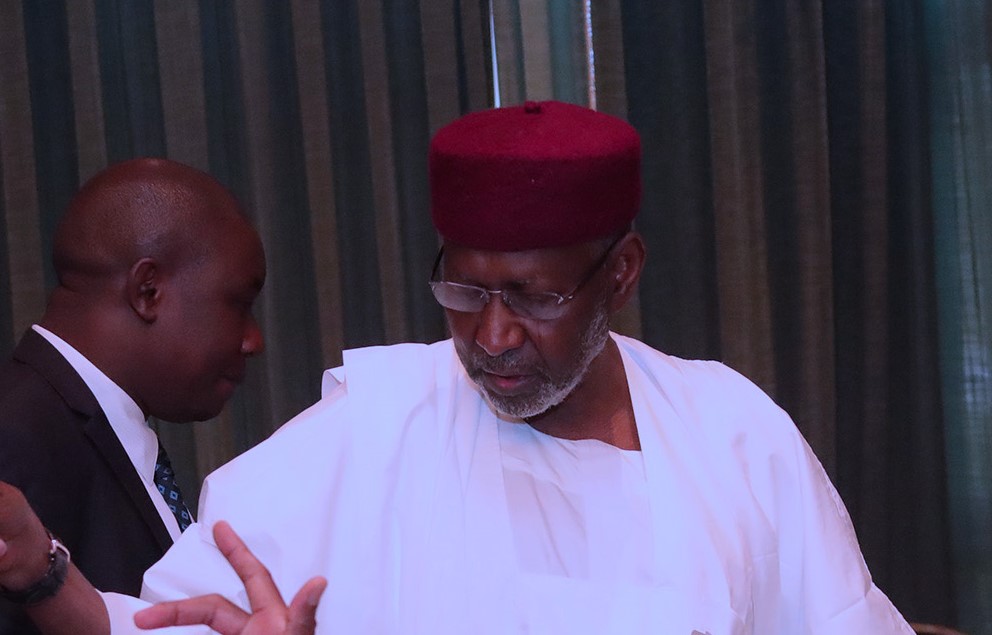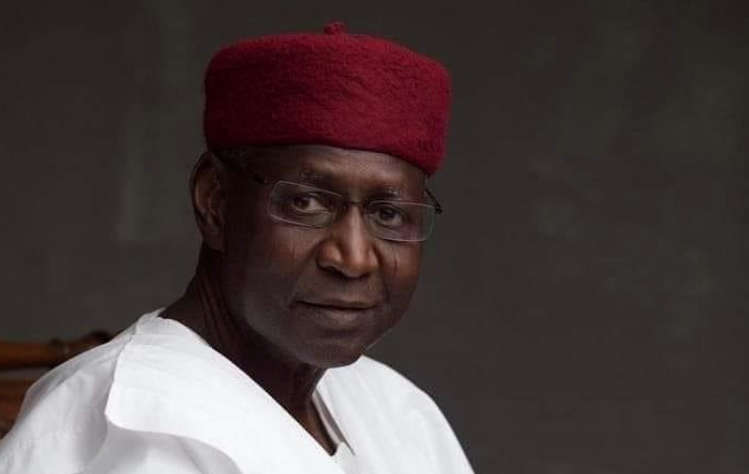In one of his bestsellers, The Zahir, Paulo Coelho said there are two major problems in life: knowing when to begin and knowing when to stop.
If, for example, Nigeria had closed its borders early on and enforced quarantine for all returning Nigerians, whoever they are, things might have been different today. I’m sure many others would say the same for their own countries as well.
In between knowing when to begin and knowing when to stop, however, an agency of the United Nations, which ought to help Africa find its way out of the present crisis, is bandying figures about COVID-19 that can only compound the continent’s collective misery.
Last week, the Economic Commission for Africa (ECA) said between 300,000 and 3.3million Africans may die from coronavirus, and expected us to take the figures like gospel.
Advertisement
The commission gave five different possible scenarios (from no-intervention to suppression using intense social distancing) that could lead to – or mitigate – this catastrophic outcome. It, however, failed disastrously to show the basis for its model on a country-specific basis. That’s unforgivable because no disease impacts a country the same way, much less a continent.
Africa is not a country. Yet, the forecast is a parable that even institutions that are supposed to serve the continent are not immune to biases of how the West treats the continent like a country. It’s also a reminder that Africans can and do treat themselves worse, even without help from outsiders.
How did the ECA arrive at its apocalyptic figures for a continent of 58 countries and a population of 600-750million people, with all its nuances, diversity and complexity, without providing details on a country-by-country basis of how its forecast might happen?
Advertisement
When experts in the US predicted that between 200,000 to 1.7million people could die from coronavirus it was based largely on 1) the impact and profile of previous epidemics, especially the viral ones; 2) how quickly and effectively people respond to precautions, adjust and iterate, and 3) the capacity of the medical healthcare system to respond to the ongoing crisis.
The forecasts in the UK (where 500,000 deaths were initially predicted) and other places also followed similar modelling patterns as those in the US, yet neither the forecast in the US nor that in Britain indicated a uniform impact across individual countries. There’s no European, North American or Asian model.
Notwithstanding, we have seen that even these “informed forecasts” were exaggerated. Whether it was intended or not, the forecasts also helped the countries concerned to buy time to strengthen their healthcare systems while keeping larger and vulnerable segments of the populations on the straight and narrow.
That, obviously, was what the ECA wanted to do with Africa: to sound a warning that we cannot treat with levity a virus that the world is yet to fully understand, much less tame.
Advertisement
But the commission goofed, and we’re not obliged to be led by the nose. Its report, “COVID-19 in Africa: Protecting lives and economies,” showed little respect for the continent’s diversity or evidence about how it arrived at its far-reaching conclusions, at least for the potential hotspots. Yet, this is the same commission that should have been on the frontline with fact-based evidence, harnessing original thinking about how to help the continent find its way out.
To be sure, the report highlighted the serious deficiencies in healthcare systems across the continent, which we know.
It highlighted the fragile state of the economies, the danger posed by the pandemic and suggested that the continent’s growth may not only recess by nearly 2.6 percent, Africa may also need $200billion (for its healthcare systems and forbearance) to plug the hole. Again, not surprising.
It reminded us that large segments of the continent’s populations reside in overcrowded urban areas, which increases the risk of transmission, and added that general poverty compounded by poor access to basic sanitary infrastructure and a broken global medical supply chain, could make the continent the world’s capital of COVID-19.
Advertisement
Maybe? Improbable. Africa is not a country. According to WHO, parasite and vector-borne diseases, diarrhea, lower respiratory tract infections, HIV, and Ischaemic heart diseases claim three million African lives yearly. If ECA thinks that coronavirus alone would kill more Africans than the combined forces of these five top killers, then it is vitally important to show us country-specific data how this would happen, at least in the hotspots.
Reliable data on the continent is difficult, but not impossible to find. The (Oxford) Journal of Infectious Diseases said in its September 2015 edition, “Many African countries have health and demographic surveillance sites where births and deaths are recorded.” Such data, for example, could have been a starting point.
Advertisement
A one-size-fits-all picture is not good enough, because even as tough as things are, there are still differences in attitudes, disease profile and governance, from country to country that could significantly affect outcomes.
It’s telling that even though the commission’s report said pre-existing conditions in Africa are worse than in any other continent, and it even identified HIV as a serious problem in southern Africa, for example, it still didn’t think this “localised” profile made the case for country-specific data more compelling. The continent cannot be hostage to ECA’s apocalyptic scenario simply because mortality modelling has become the in-thing.
Advertisement
Interestingly, at about the same time the ECA was releasing its 48-page report, the situation in some of the most populous countries on the continent did not show any significant divergence in the ratio between reported/confirmed and recorded deaths in these countries, and what is being recorded in other parts of the world.
As of Tuesday, Nigeria and Ethiopia, whose combined populations is roughly half of the continent’s and which also have significant poor urban populations, had only recorded 665 and 114 confirmed cases respectively with combined deaths of 25, well below the current world average of three to four percent, with impressive rates of recovery in both countries.
Advertisement
South Africa and Kenya which are not just among the continent’s top 10 populous countries but are also reasonably integrated into the global supply chain have, so far, managed to contain the spread of the virus with total confirmed cases of 3,761 (mostly from South Africa) as of Tuesday, 72 deaths, and 1,127 recoveries.
Also, as of Tuesday, Africanarguments.org said the total confirmed cases in Africa were 23,720; recoveries 6,159; and deaths, 1,162.
Egypt, Morocco and Algeria, which the report said have less crowded urban areas and therefore are potentially less vulnerable, constituted over 45 percent of the confirmed cases in Africa as of Tuesday, with higher than average mortality. That is precisely why a report that fails to supply the basis for a worst-case scenario for the continent’s hotspots, is quite frankly, irresponsible.
I should not be mistaken. I know that it’s still early days and depending on how the pandemic is managed, things might get grim in some countries, with Nigeria still being a country of concern.
I’m also not suggesting, for a moment, that Africa’s job is done, that the worst is over, or that the challenge of COVID-19 is not a clear and present danger to the continent. There is a need for better co-ordination and information sharing among countries as has been suggested in an open letter by some of the continent’s leading scholars including Nobel laureate, Professor Wole Soyinka.
Research centres, scientists and universities must also step up to the plate. Two years ago, WHO held a simulation of a response to “a deadly global flu pandemic” involving 40 countries including 10 from Africa. Have the lessons from that simulation been any use in helping countries respond to COVID-19?
The public deserves more from ECA. I simply refuse to accept data that treats the continent as a country just because such data is coming from experts who assume they would not be questioned.
It’s also instructive that Africa’s poorest countries are finding ways outside the total lockdown models prevalent in Europe, US and Asia, to help themselves. We can’t always let others do the lifting for us or just be happy copycats.
In Malawi, for example, civil society groups took the government to court last week and obtained an interim ruling that prevents the government from implementing a total lockdown without concrete measures on how to cater for the weak and vulnerable more of who may die from hunger than from contracting the virus.
As more countries around the world embark on aggressive and rapid testing, while easing restrictions, it would be particularly helpful to look at steps barely mentioned in the ECA’s report that could be modified from country to country.
Mandatory use of face masks; greater transparency about results from community testing; more information about how and where to get help by those who present symptoms; redefinition and expansion of “essential services” to include more of the informal sector (imagine that the US state of Texas included gun shops as essential!), may help.
Also, smart curfews and continued restrictions on large gatherings; greater honesty about what is working, some humility about what is not and what is still unknown, might also be useful in the days ahead.
It’s still a long, long road and the ECA should shine the light instead of beating us over the head with apocalyptic data. Perhaps it’s not the commission’s fault that the continent began late, but it’s time to stop mortality modelling not based on country-specific evidence.
Ishiekwene is the MD/editor-in-chief of The Interview
Views expressed by contributors are strictly personal and not of TheCable.






